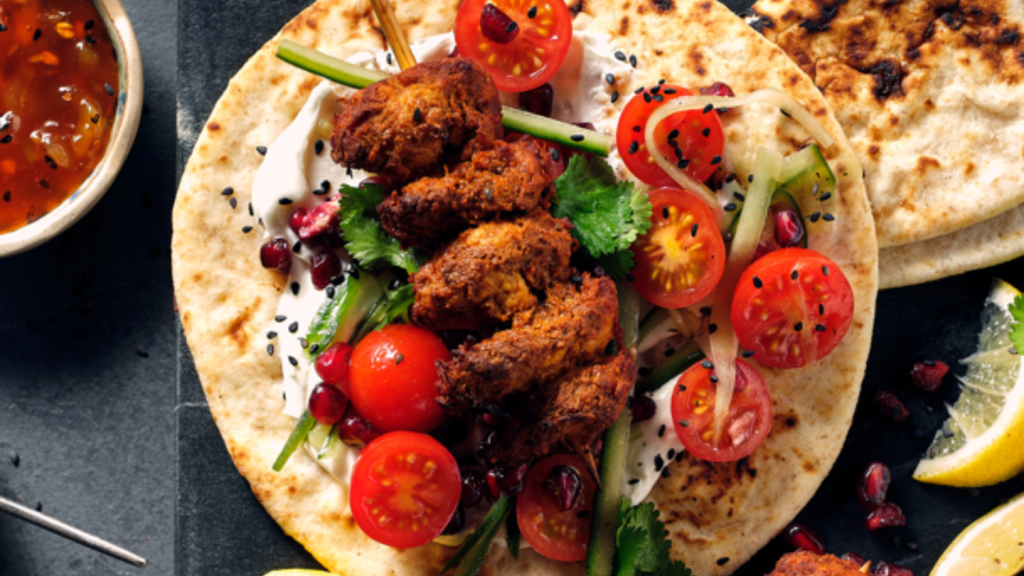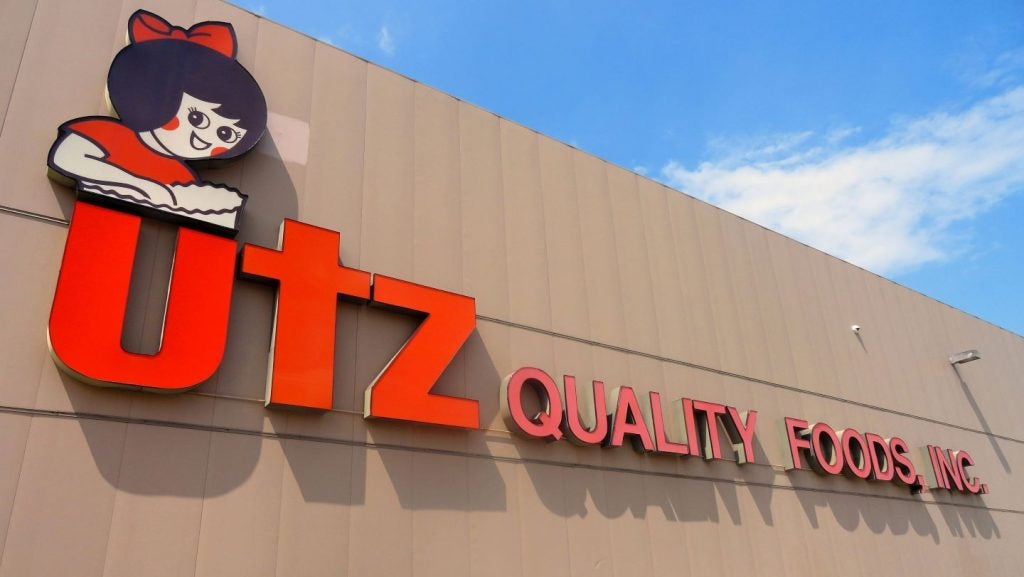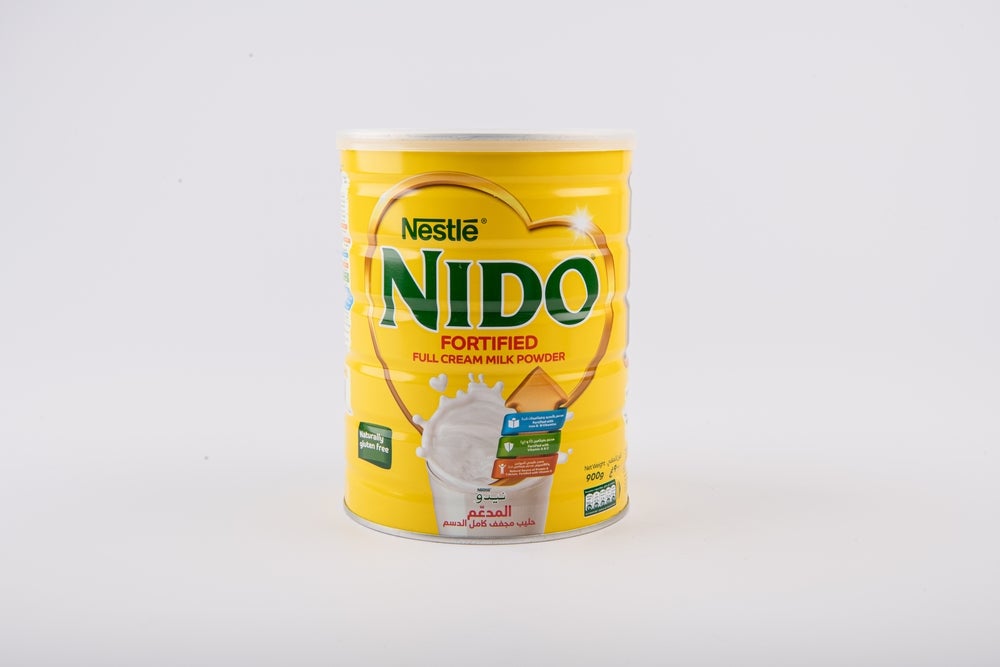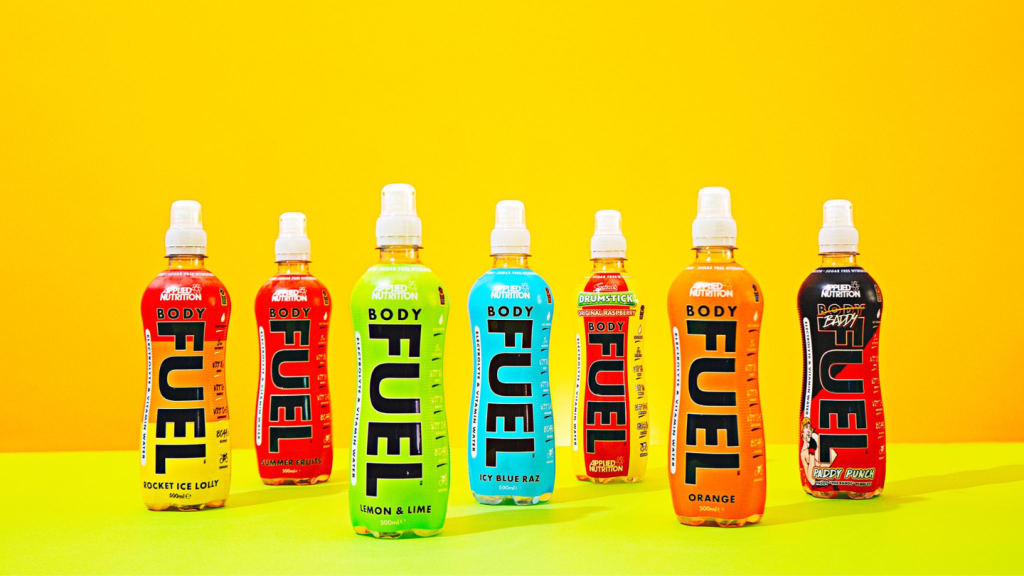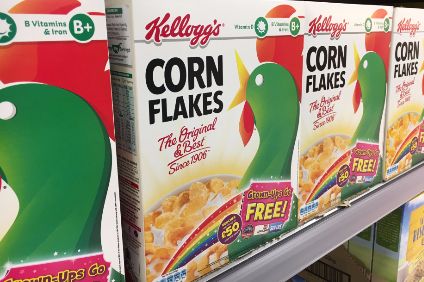
Second-quarter profits that beat Wall Street forecasts gave Kellogg‘s shares a boost yesterday (3 August), closing up more than 4% after the US cereal and snacks giant reported its latest set of financial results. Nevertheless, Kellogg revealed continued pressure on its domestic breakfast cereal business and faced plenty of questions about its top line and about the change to the way it distributes its snacks in the US.
Kellogg happy with profits but top line “our top priority”
Kellogg yesterday (3 August) reported a set of second-quarter results that included profit numbers that exceeded Wall Street forecasts, although the Coco Pops maker’s top-line figures were softer, amid continued problems in the US breakfast cereal market and the impact of customer negotiations in Europe on Pringles.
Nevertheless, the US cereal and snacks group maintained its forecasts for annual currency-neutral comparable net sales – a metric that excludes the impact of factors like exchange rates and M&A – for its operating profit and for its earnings per share, contributing to a share price that ended the day solidly up.
Kellogg’s second-quarter net sales were down 2.5% at $3.19bn, with its currency-neutral comparable net sales declining 3.1%. The company’s management pointed out it did see sequential improvement from the opening three months of 2017. The Pringles owner posted a 3.3% fall in first-half, with underlying sales down 3.8%.
Operating profit was up 0.7% but down 8.4% for the first half as a whole, due to costs linked to the US giant’s Project K restructuring programme.
See Also:
However, the Special K maker said its currency-neutral, comparable operating profit, which excluded items including those costs, was up 6.9% in the second quarter and 4.6% for the half.
How well do you really know your competitors?
Access the most comprehensive Company Profiles on the market, powered by GlobalData. Save hours of research. Gain competitive edge.

Thank you!
Your download email will arrive shortly
Not ready to buy yet? Download a free sample
We are confident about the unique quality of our Company Profiles. However, we want you to make the most beneficial decision for your business, so we offer a free sample that you can download by submitting the below form
By GlobalDataKellogg’s second-quarter grew 0.7% to but was up 19.6% for the half at $544m, helped in part by a tax benefit.
“Overall, this was a very solid quarter for continued margin progression, based on the company’s ongoing cost-cutting efforts,” Sanford Bernstein analyst Alexia Howard wrote. “However, top-line growth remains elusive.”
Reflecting on Kellogg’s second quarter, its profits numbers and its work to improve its performance, Kellogg CEO John Bryant said: “Q2 was on track for both a transformation and a financial standpoint. But make no mistake, getting back to top-line growth is our top priority.”
Shares in Kellogg closed in New York yesterday up more than 4%.
Kellogg pinning US cereal hopes on “nutrition” message
Kellogg’s US Morning Foods division, its second-largest by sales, has long been a problem area for the business and the opening six months of 2017 were no exception.
First-half sales dropped 6.5%, with second-quarter sales down 6.6%. The US packaged foods market is, broadly, a challenging place to do business at present, with Kellogg among a number of companies reporting second-quarter results to pronounce the difficulties in the market.
Bryant said “soft” US consumption had “affected many of our categories”. Paul Norman, the president of Kellogg’s business in North America, admitted the sales from the company’s local Morning Foods unit had been “an area of disappointment in the quarter”.
Norman said the improvement in the division’s margins had been “pleasing” and acknowledged the unit had suffered from a “softer than expected” wider cereal category. However, he urged Kellogg to look inwards. “It’s incumbent on us to drive these categories, and we have stronger plans coming in the second half. Looking beyond 2017, we’ve got to think bigger.”
Kellogg has spent a number of quarters renovating its cereal products in the US and, now, Norman said, the company had to focus on its messaging. “Once we’re happy with the performance of our taste brands, we know we have to do more to reassert this category’s health and wellness credentials. It’s the adult health-oriented segment that is pulling down the category. And the way to reinvigorate that segment has always been through nutritional innovation claims and brand-building, so that’s where we’re focusing our efforts.”
His comments, however, did draw a question from JPMorgan analyst Ken Goldman, who suggested a focus on nutrition was not “necessarily new”. Norman argued there have been “cycles, often related to health and wellness” that have driven the US cereal category. “What is big and right in front of us now and I think will be really important is gut health and the gut-brain connection, the importance of the microbiome and the importance of fiber coming back into people’s diets, either prebiotic or probiotic benefits.” Later this year, Kellogg is launching a Special K Nourish line featuring probiotics in the US.
Cereal has long been and will continue to be one of the most challenging categories in the US. As Howard noted yesterday: ” Measured channel
data shows that the U.S. Cereal category is weakening still further, perhaps based on retailers’ reallocation of shelf space, and General Mills now appears to be stepping up promotional spending which does not bode well for Kellogg.”
Kellogg on its “game-changing” move to end DSD in snacks
In February, Kellogg announced plans to change the delivery model for its US snacks business to cut costs, boost margins and drive growth as, the company said, consumers in the US change the way they shop.
It decided to move from a direct store delivery (DSD) network to the warehouse model already used by Pringles and the rest of its North American business. Kellogg said warehouse distribution was already being used by 75% of the company’s US sales, including the Pringles, frozen foods and morning foods businesses.
Any move that companies say could boost margins tends to be welcomed by investors but analysts were quick to warn of the risks involved, while rivals like Mondelez International argued they could benefit from Kellogg’s move.
Of the seven analysts that asked Kellogg’s management questions on the company’s conference call to discuss its second-quarter results, five had questions on the change.
Norman said: “We’re out of DSD. The transition is complete. We’re 100% shipping through warehouses. Our focus has pivoted to really the in-store environment right now, making sure that the ordering processes are working, the shelf hands are where they need to be, helping educate store-level employees on doing the job that we used to do. And through the data we’re seeing come through in the customers we can see already, we’re seeing in-stocks up, which is positive.”
As part of the process, Kellogg has culled some SKUs to, in the words of Norman, “get a harder-working assortment behind our biggest brands”. That, he admitted, has led to some lost shelf space but he added: “With some customers, we’re gaining space on the shelf. The aim of this, though, is to get a harder working portfolio. And remember, in a DSD world relative to a warehouse world, the customer margin in the warehouse world is higher than in a DSD world. So you have big mega brands with big brand-building investment, promotional pressure, there’s a real incentive for the win-win here to drive these brands harder going forward.”
Norman underlined how the change will lead to a reduction in sales “for 12 months before they start growing again”. However, he added: “On the flipside, our operating profit and operating margins start to move higher right away and especially in Q4, when we completely eliminate our DSD expenses. That’s even despite the sizable reinvestments we’re making. All of this is already in our guidance, and I think you’ll agree that we’ll come out of this with a faster growing, more profitable US snacks business.”
In her note to clients, Howard said: “The company emphasized that the DSD transition seems to be going well, although the latest Nielsen data for crackers, cereal bars and cookies look fairly weak, and Mondelez clearly seems to be stepping up the price competition in crackers.”
Pringles hits Europe but Kellogg touts better news on UK cereal
Kellogg’s reported and underlying sales in Europe fell during the first half of the year – and the company pretty munch pinned the performance on one factor: Pringles.
Talks Kellogg had with its European customers over the pricing of Pringles weighed on sales. Bryant, however, was confident about the near-term outlook for this portion of Pringles business. “This is a short-term disruption that we expect to turn around significantly in the second half as we resume normal commercial activities,” he said.
However, almost under the radar came some good news on the performance of Kellogg’s cereal business in the UK, another problematic for the company’s core operation.
Kellogg still saw consumption in the UK fall in the second quarter but Bryant said the decline was “significantly less than in recent quarters”, amid “better share gains” on brands like Corn Flakes and Crunchy Nut.
Investors and, of course, Kellogg will want to see sales grow but both sides will hope the company’s UK arm can build on that second quarter.
Cereal heading up Down Under
Like the US and the UK, breakfast cereal has been a tough place to do business in Australia.
Announcing its 2014 results, Kellogg spoke of “challenges” in its Australian cereal business. Unveiling its 2015 numbers, Kellogg said the Australian cereal category was seeing sales in decline. In February this year, Kellogg said it had started to see “sequential” improvement in its cereal sales in Australia.
Yesterday, Kellogg underlined a brighter picture was emerging, with growing sales in the second quarter in Australia. “Our Australian business is a good turnaround story. Over the last 18 months, we have steadily improved our performance in this developed market, primarily through innovation and renovation. And in Q2, cereal returned to positive net sales growth in Australia,” Bryant said.
Kellogg’s improved performance in Australia has centred on what Bryant called “renovation of foods”. He explained: “The Nutri-Grain food is doing much better in Australia as we have improved the nutrition profile of that food, as well as Be Natural, our Kashi-equivalent brand in Australia is also doing extremely well.”
Australia is not on the same scale as Kellogg’s cereal business in the US but the company will no doubt hope it can apply some of the work it has put in to grow sales there in its home market, while recognising the challenge that continues to face the business in its own backyard.



